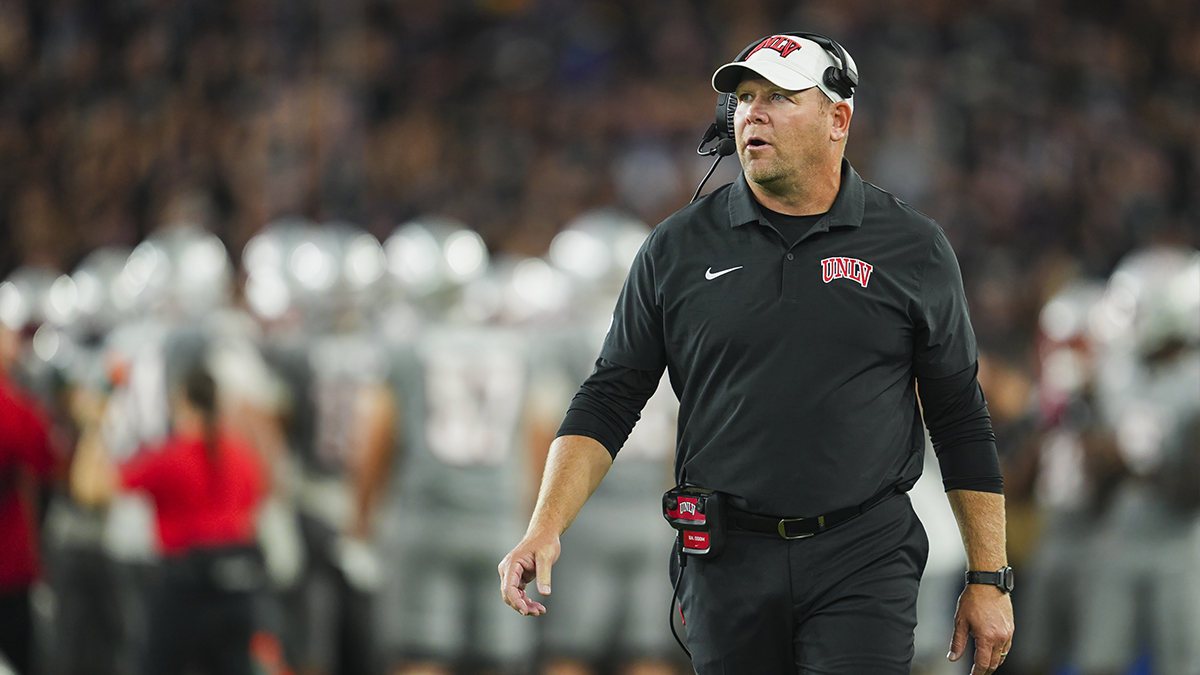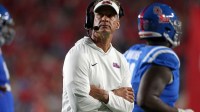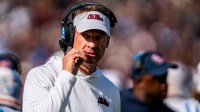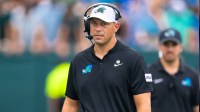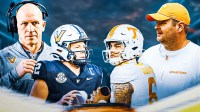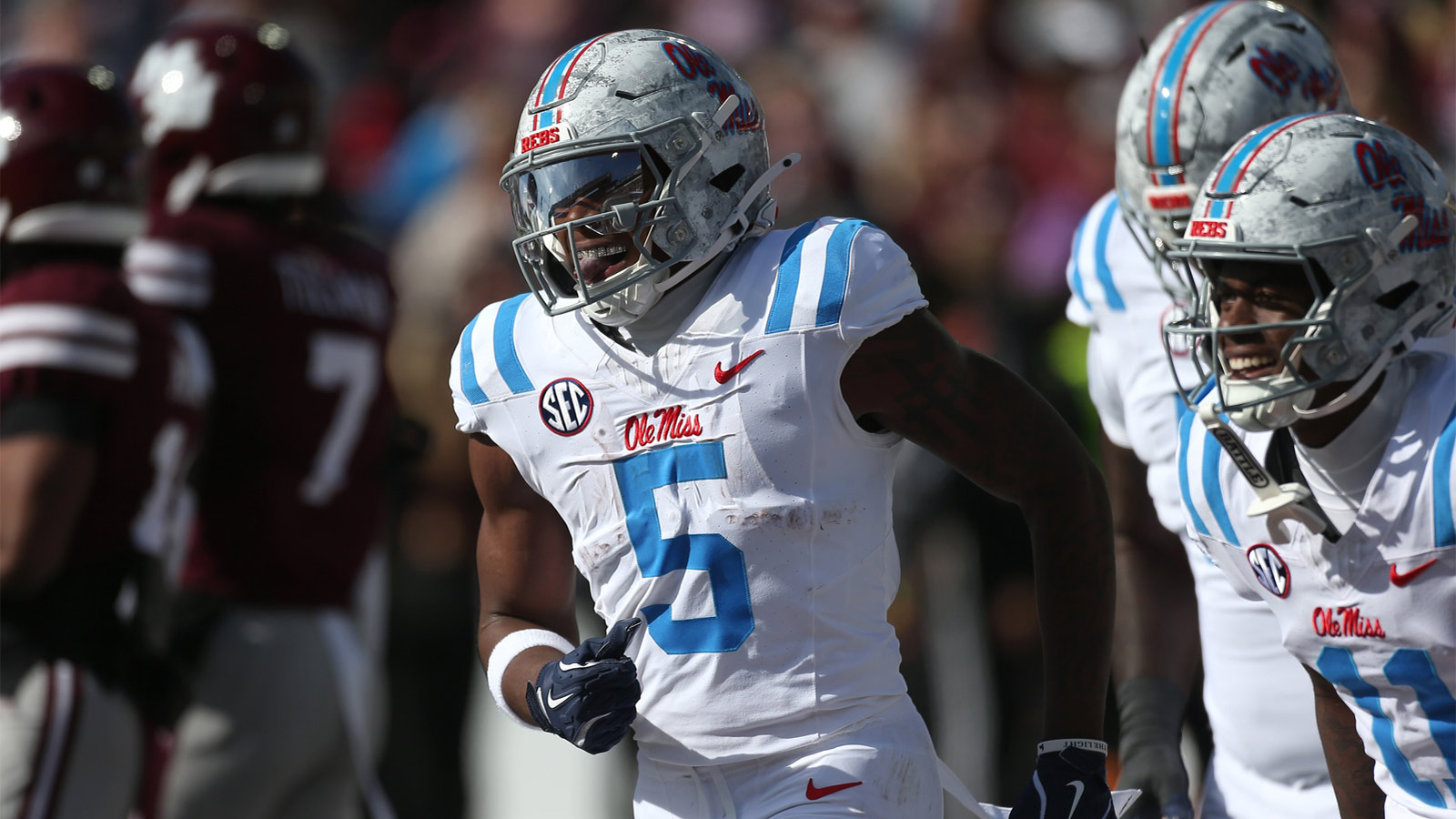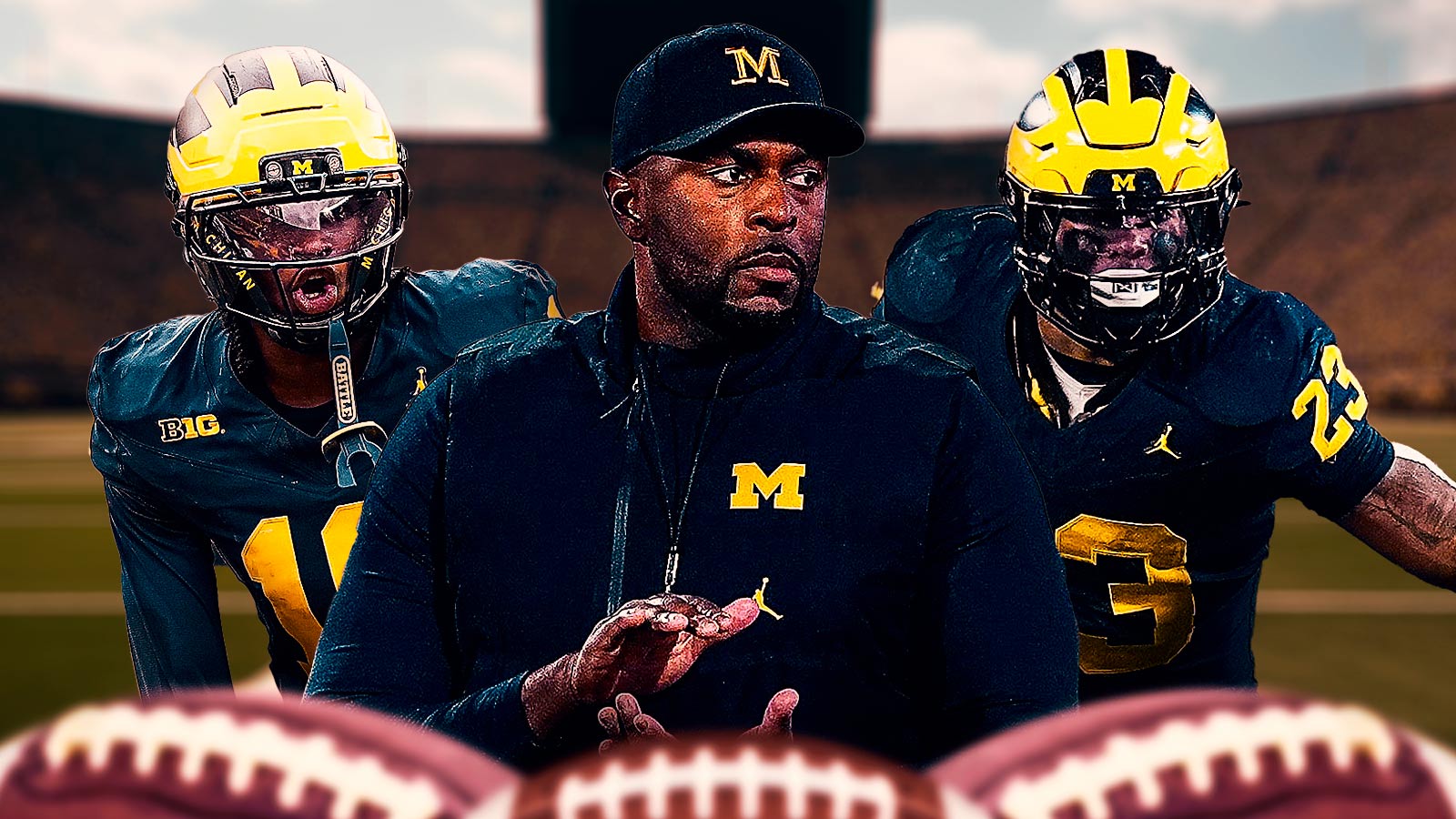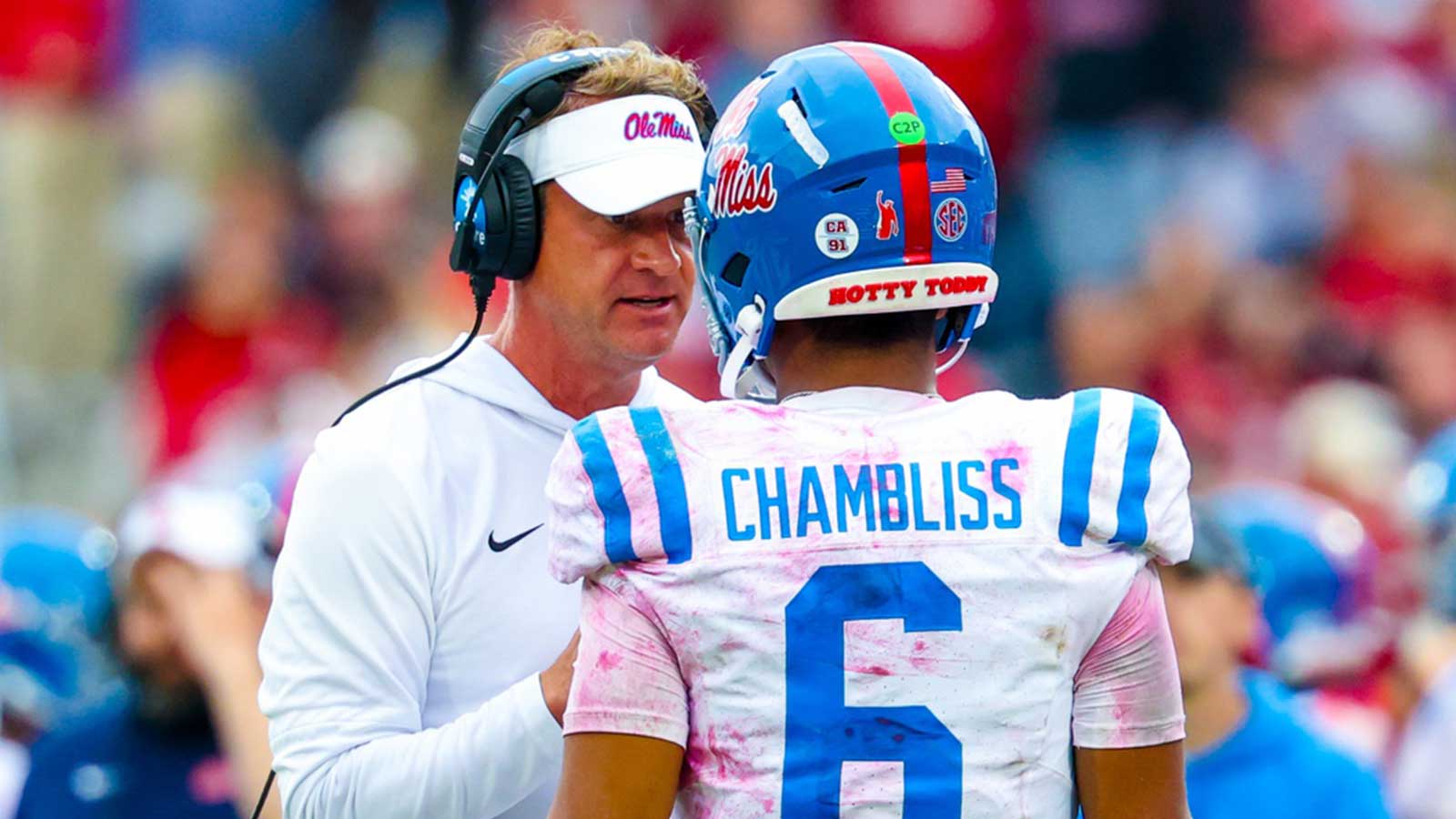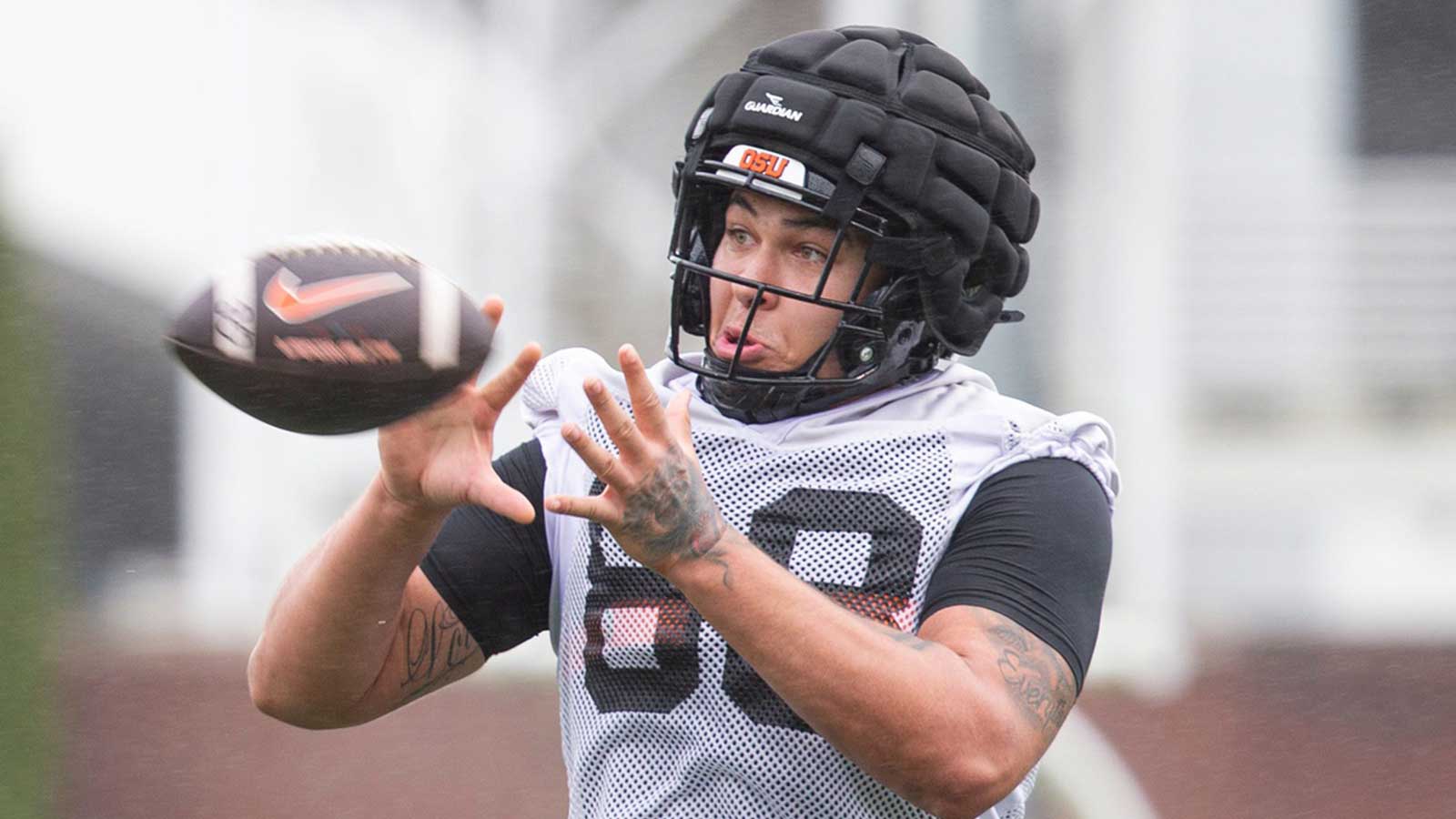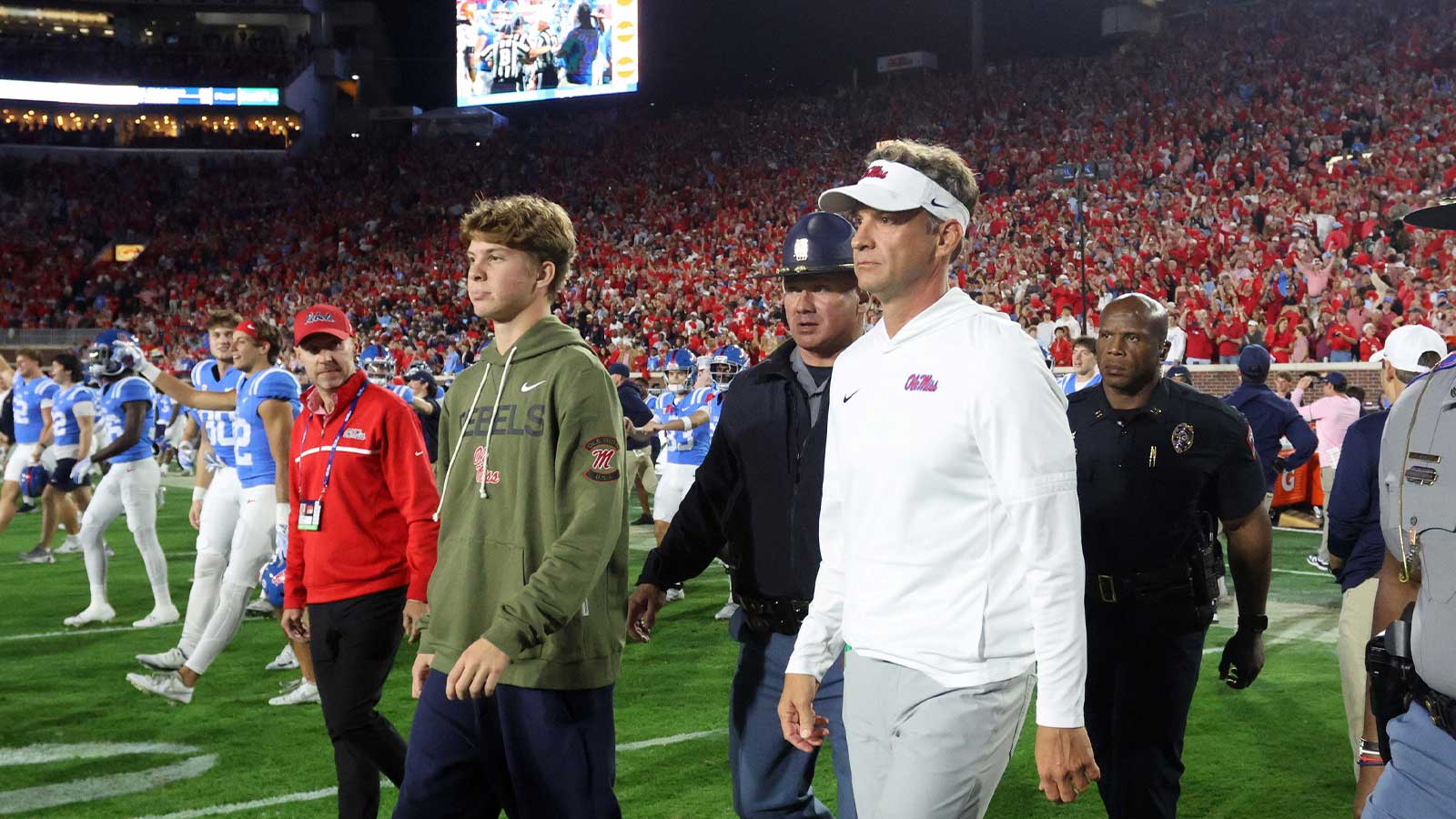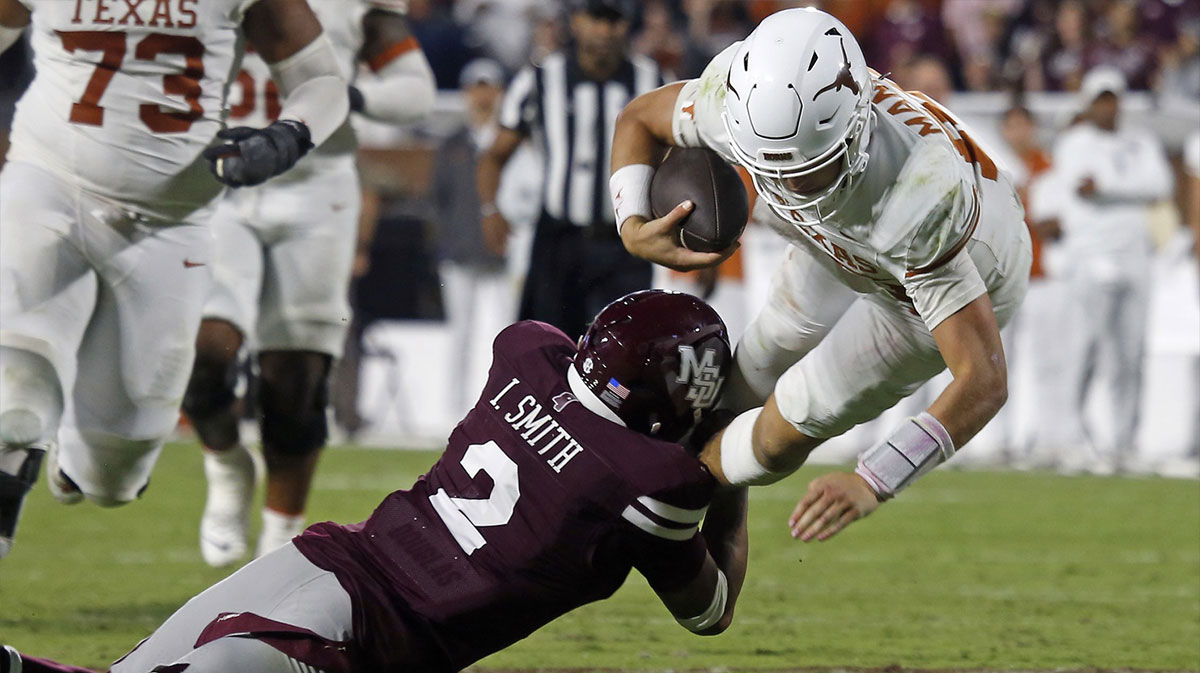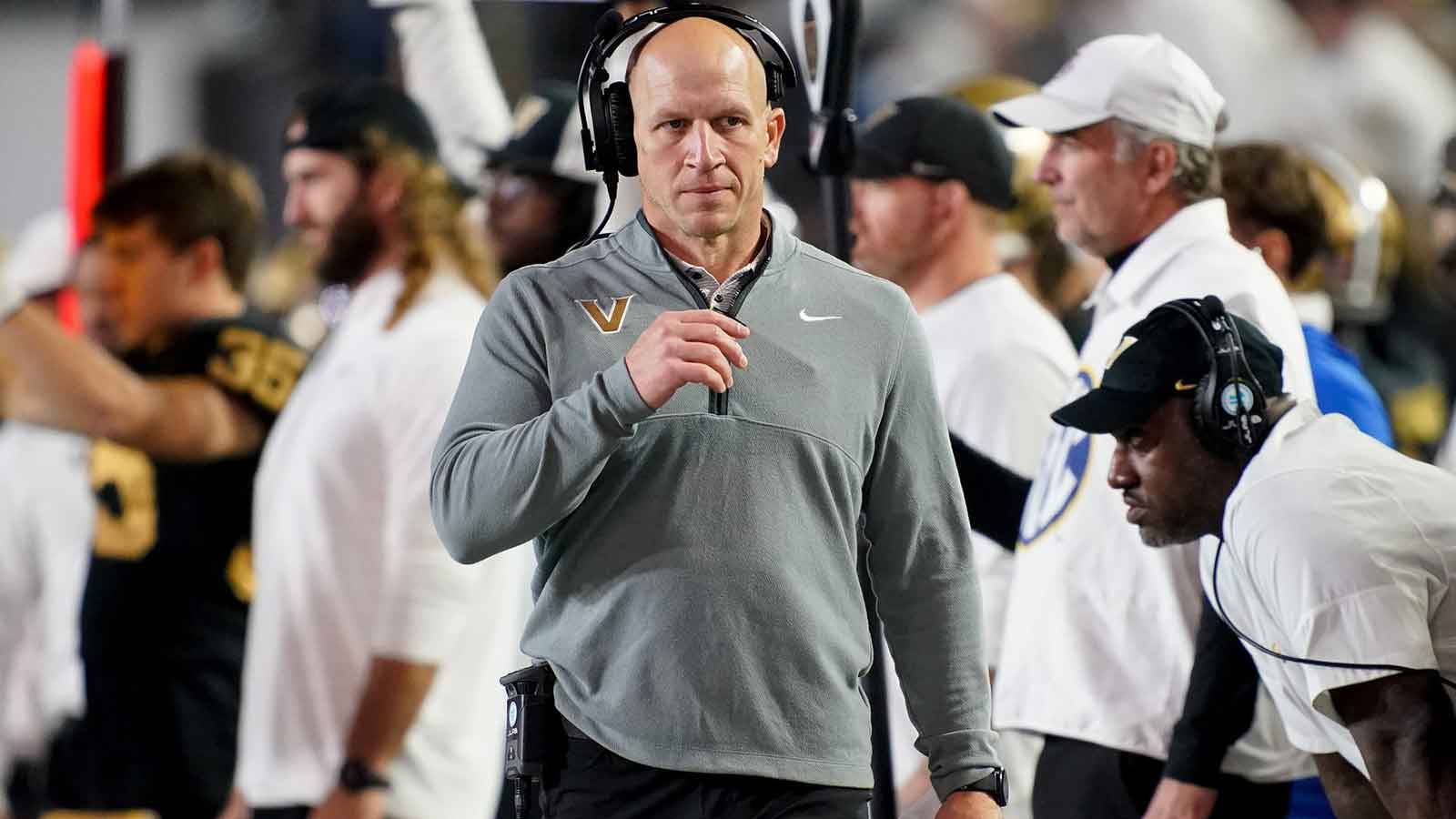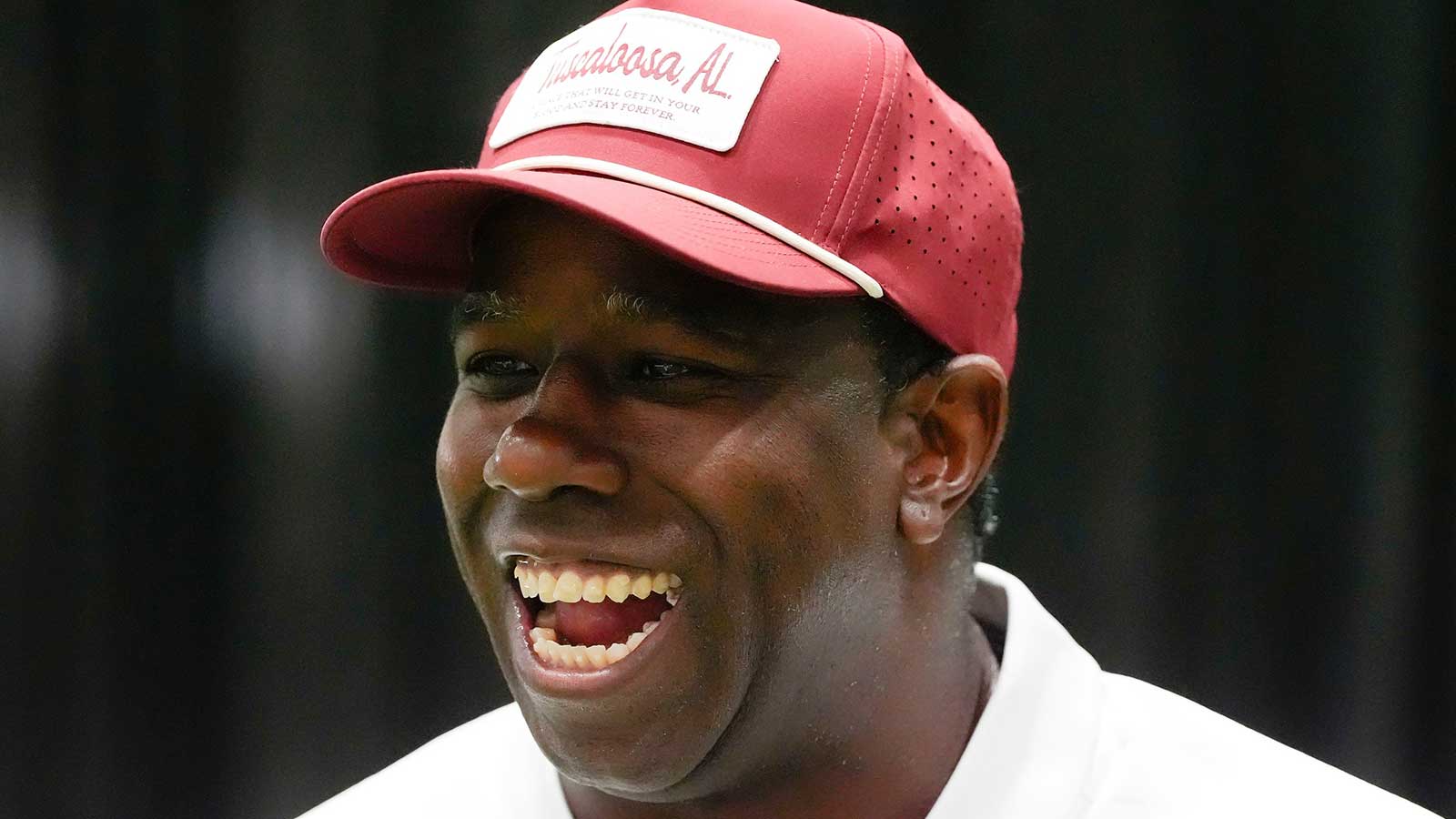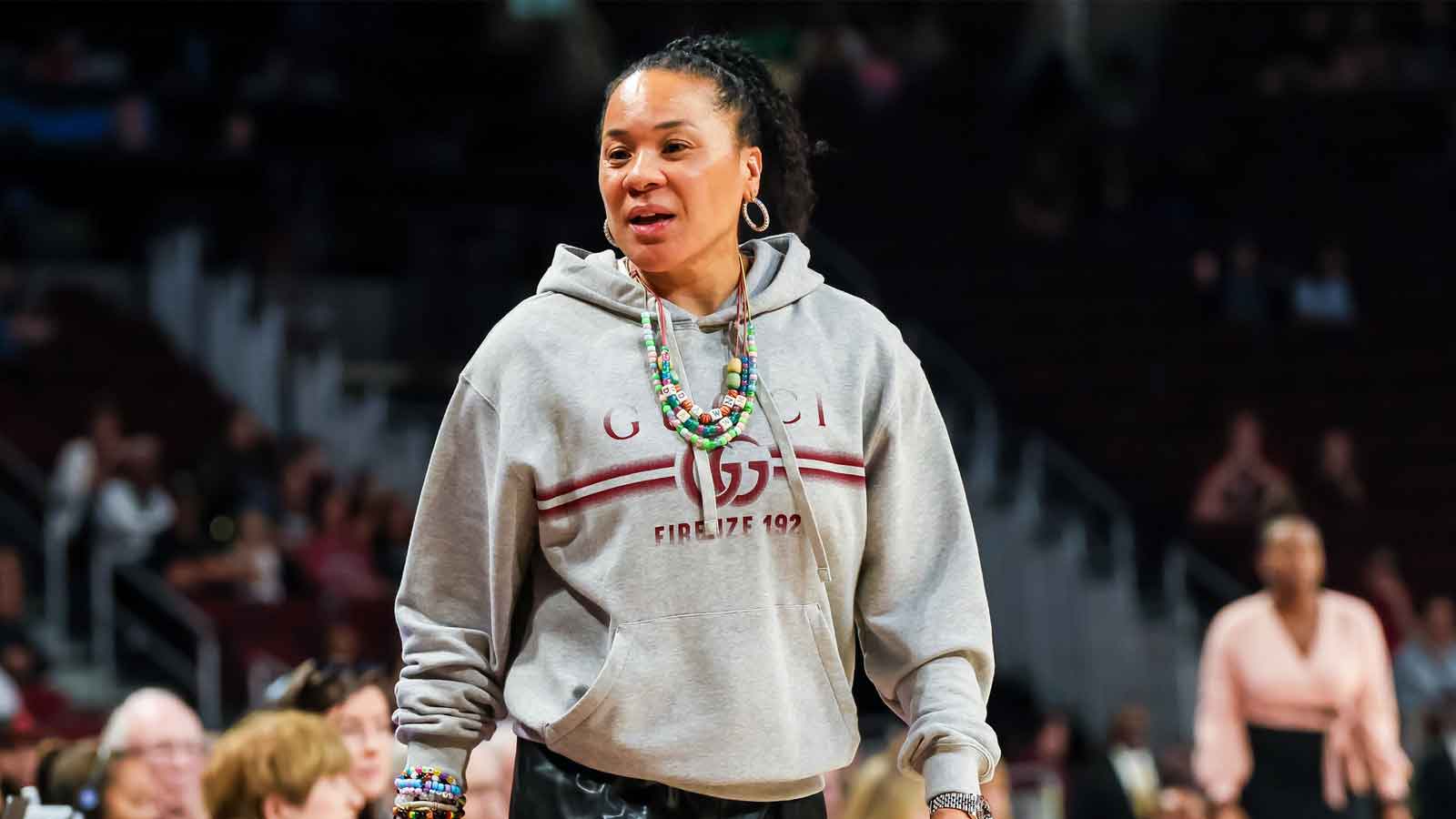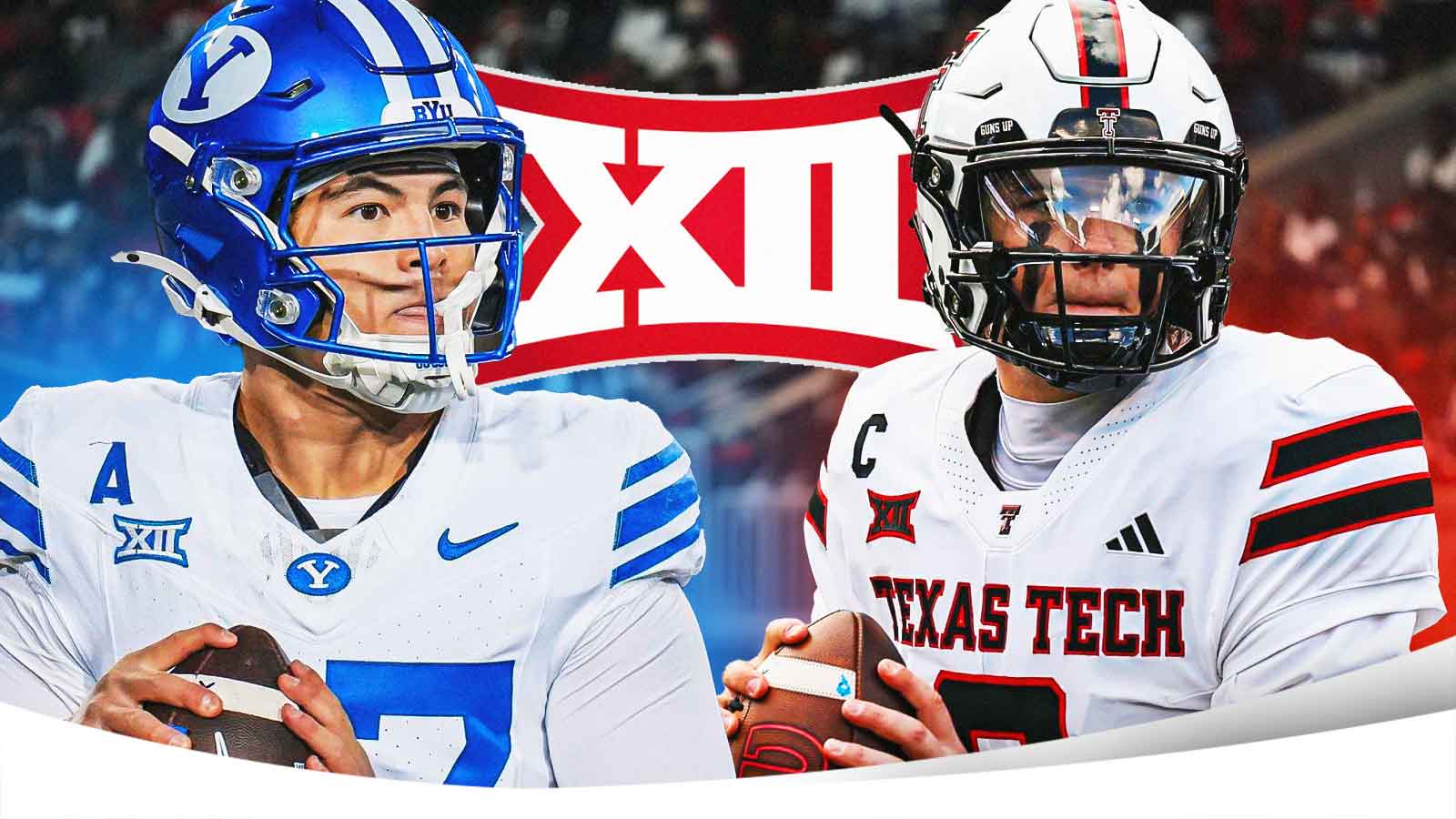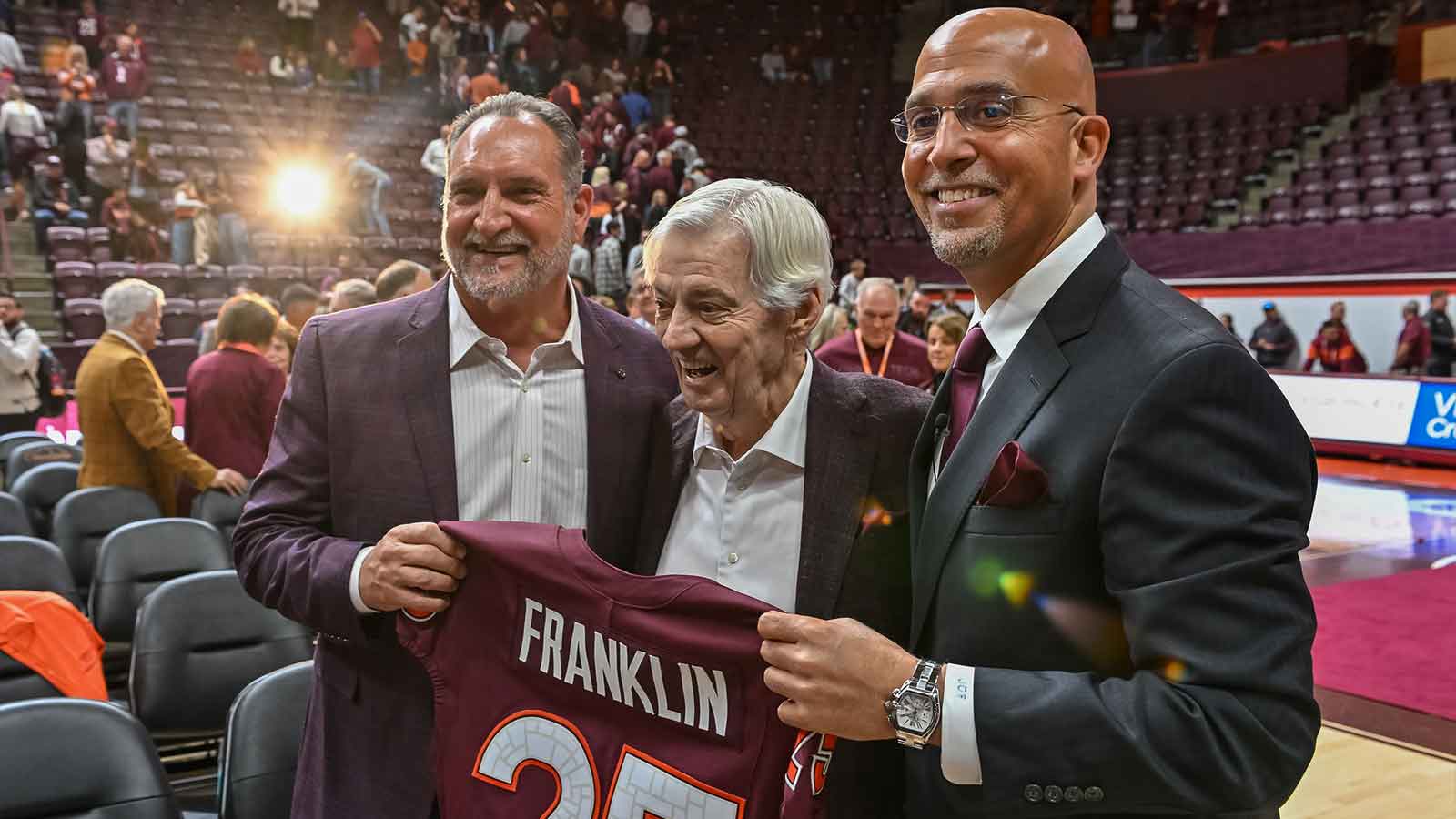One day after UNLV football lost star quarterback Matthew Sluka to a redshirt and presumably the transfer portal, they lost another offensive weapon for similar reasons. Running back Michael Allen, the Rebels' fourth-leading rusher through three games, announced his intention to sit out the rest of the season on Wednesday.
After 3 games, I have decided to utilize my redshirt & enter the portal at the end of the season as a RS JR. I'm grateful for UNLV & wish them nothing but success. Expectations for opportunities unfortunately were not met & I am excited to continue my football career. pic.twitter.com/B96hO1pxG5
— Michael Allen (@MichaelAllen8_) September 25, 2024
Allen rushed 19 times for 108 yards and did not have a catch during UNLV's 3-0 start to the season. He is a transfer from NC State who recorded 682 total yards and two touchdowns with the Wolfpack over the last two seasons.
While rumors swirled around Sluka's NIL situation and what actually led to his shocking decision to stop away from the team, Allen stated on social media that his decision to redshirt had nothing to do with NIL or any other off-field factor, and was simply about “on-field opportunities.
While these losses are certainly a crushing blow for UNLV and their College Football Playoff hopes, they still have running backs Greg Burrell and Kylin James to lean on without Allen, but they're now down two of their top four leading rushers with Allen and Sluka gone.
Could the mid-season redshirt be a new normal in college football?
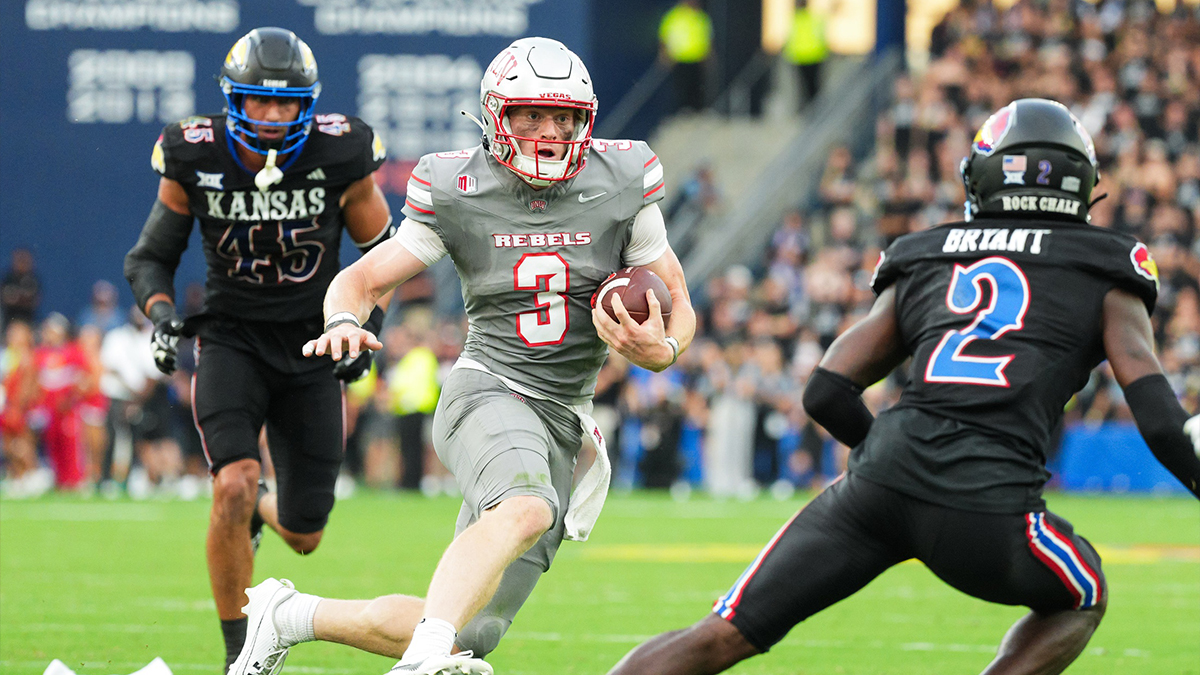
Since the transfer portal era has heated up and the redshirt rules have been softened, players have been using the early season redshirt as a loophole of sorts to preserve their eligibility and get to the next season in a better situation for themselves.
Nowadays, you can play in four games and still redshirt to preserve that year of eligibility. This is a benefit in some situations, such as younger players who are backups who can get a few game reps while also not burning a year of eligibility, but the ugly side of it is now rearing its head.
It will be fascinating to see if other high-profile players, especially at smaller programs such as UNLV, opt to follow in Sluka's footsteps and test the waters, so to speak, of a program before deciding if their market value has increased elsewhere. College football really has no system in place to guard against tampering, and Sluka's move (whether tampering was involved or not) sets a precedent that that can be done.
This is yet another situation that will make it harder for smaller programs, especially anyone outside of the Power Four conferences, to retain players from year to year. Their best players will always be able to leave, either midseason like Sluka or after the season, for bigger financial opportunities at more competitive programs. Sluka is one of the first major stars to preserve his final season of eligibility by stepping away midseason, but he may not be the last.

